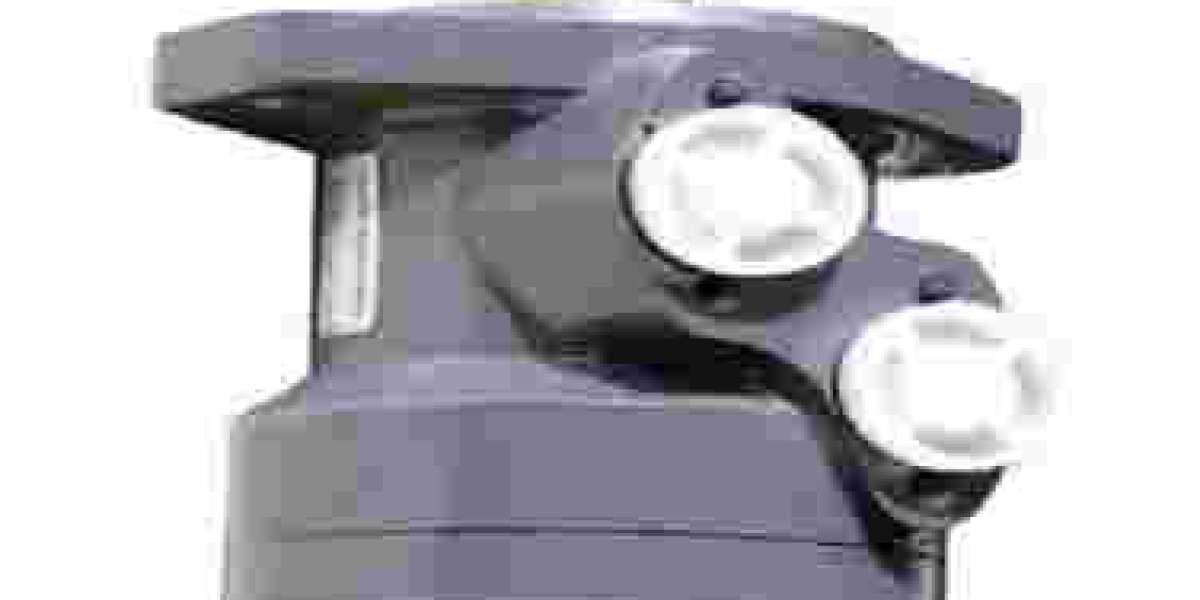Hydraulic motors play a critical role in various industries, powering machinery and equipment that rely on fluid power. Like any mechanical component, hydraulic motors require regular maintenance to ensure their optimal performance and longevity. One crucial aspect of hydraulic motor maintenance is cleaning. In this blog, we will explore the importance of hydraulic motor cleaning, the steps involved, and recommended practices for maintaining these essential components.
I. The Importance of Hydraulic Motor Cleaning
A well-maintained hydraulic motor not only operates efficiently but also extends the lifespan of the entire hydraulic system. Over time, hydraulic motors can accumulate dirt, debris, and contaminants which can hinder their performance and cause premature wear and damage. Cleaning the motor helps remove these contaminants, ensuring smooth operation and preventing costly repairs.
II. Preparing for Motor Cleaning
Prior to cleaning the hydraulic motor, it is essential to take certain precautionary measures to ensure safety and efficiency.
1. Safety First: Before beginning any maintenance procedure, always follow proper safety protocols. Shut off the hydraulic pump and release any pressure from the system. Lockout/tagout procedures should be employed to prevent accidental activation of the system during cleaning.
2. Gather Necessary Tools and Materials: Have all the required tools and cleaning materials ready. This includes cleaning solvents, lint-free cloths, brushes, safety glasses, and gloves.
III. Cleaning the External Surface
The external surface of the hydraulic motor is often exposed to dirt, dust, and other contaminants. Cleaning this surface regularly helps prevent debris from entering the motor, ensuring its reliability.
1. Use a soft brush or compressed air to remove loose dirt and debris from the motor's exterior. Be careful not to force any contaminants into the motor.
2. Wipe down the motor with a lint-free cloth lightly dampened with a suitable cleaning solvent. This will help remove grease, oil, and other stubborn residues.
3. Inspect the motor's external seals for damage or wear. Replace any seals that show signs of deterioration.
IV. Internal Motor Cleaning
Cleaning the internal components of the hydraulic motor is crucial for proper functioning and longevity. However, it requires expertise and specialized tools, and therefore, it is recommended to consult a professional for this task.
1. Flushing the Motor: Flushing the motor involves circulating a cleaning fluid through the system to remove contaminants such as sludge, metal shavings, and varnish deposits. This process should be performed by a trained technician using specialized equipment to ensure thorough cleaning without damaging the motor.
2. Replacement of Fluid and Filters: Regularly replacing the hydraulic fluid and filters is essential for maintaining the cleanliness of the motor. Consult the manufacturer's guidelines for recommended fluid type and filter replacement intervals.
V. Post-Cleaning Inspection and Testing
After cleaning the hydraulic motor, it is important to conduct a post-cleaning inspection and functional testing to ensure everything is in working order.
1. Inspect Seals and Gaskets: Check all seals and gaskets for proper installation and integrity. Replace any damaged or worn-out seals.
2. Functional Testing: Reconnect the hydraulic motor to the system and conduct a performance test to ensure proper operation. Check for any unusual noises, leaks, or vibrations.
VI. Establishing a Cleaning Schedule
To maintain optimal performance and prevent costly repairs, it is advisable to establish a regular cleaning schedule for hydraulic motors. The frequency of cleaning depends on factors such as operating conditions, environmental factors, and the specific requirements of the motor. Consult the manufacturer's guidelines for recommended cleaning intervals.
Conclusion
Proper cleaning and maintenance are critical to efficient operation and longevity of hydraulic motors. Regular cleaning helps remove contaminants and debris that can affect performance and cause damage. By following the steps outlined in this blog, you can ensure your hydraulic motor remains in tip-top shape.
Safety should always come first when performing any maintenance procedures on hydraulic motors. Follow proper lockout/tagout procedures and wear necessary safety equipment to prevent accidents or injuries.
If you are unsure whether you are performing the cleaning process, or encounter any problems during inspection or testing, it is recommended that you seek guidance from AJShanghai AJA Technology professionals.
Developing a cleaning schedule based on the recommendations of our team of experienced professionals and specific operating conditions is an effective way to maintain hydraulic motor cleanliness and performance. Regular cleaning, fluid changes, and filter changes will help improve the overall efficiency of your hydraulic system and help avoid costly repairs in the long run.
Investing time and effort in a proper hydraulic motor cleaning procedure will not only ensure reliable operation of your equipment, but also extend its service life. By incorporating regular cleaning and maintenance into your daily routine, you can maximize the productivity and service life of your hydraulic motor, ultimately benefiting your operation and reducing downtime.
At Shanghai AJA Technology Co., Ltd., we are committed to providing high-quality products and excellent customer service. Whether you need assistance with hydraulic motor cleaning or any other hydraulic component-related queries, our knowledgeable staff is ready to help.
Email:15021387974@163.com








